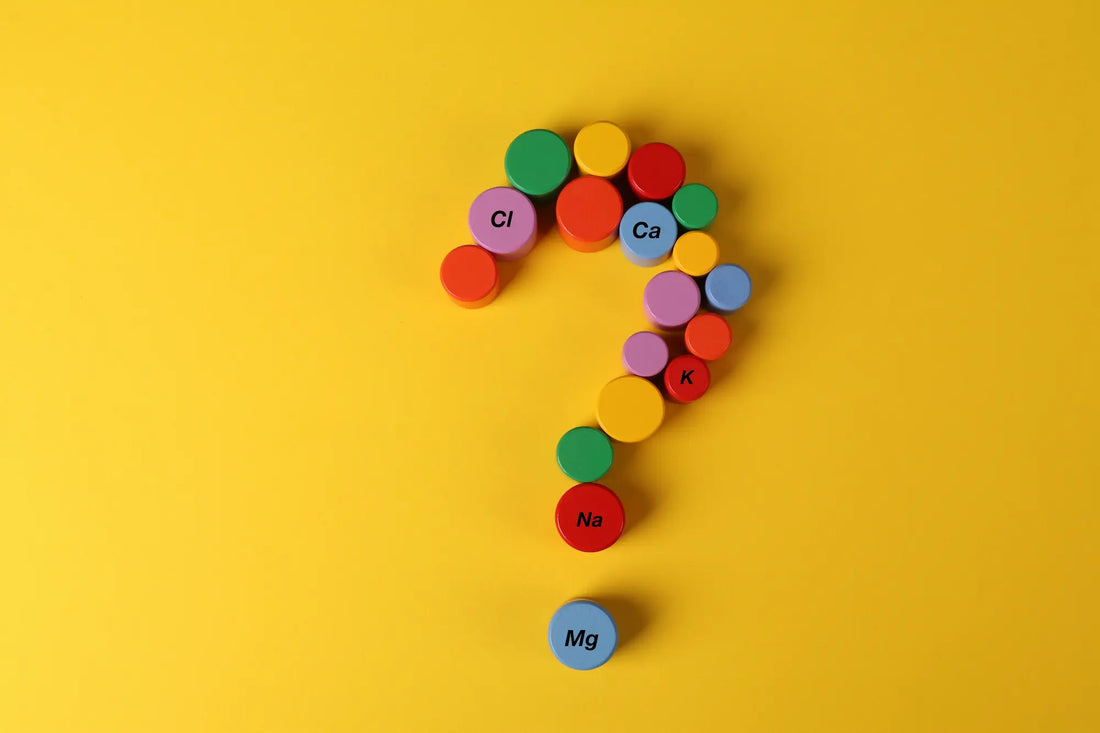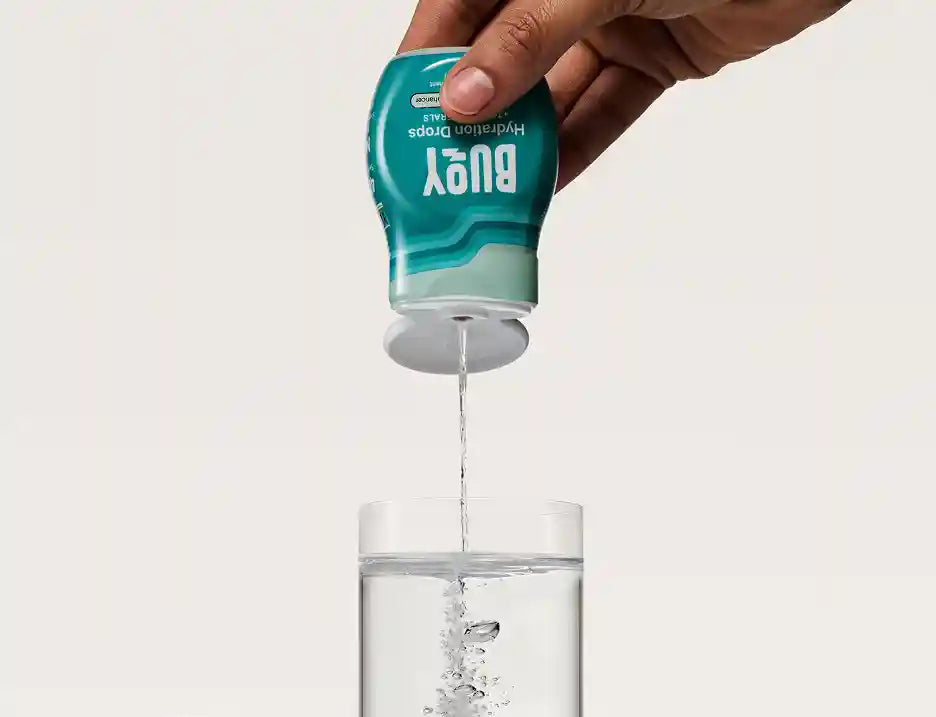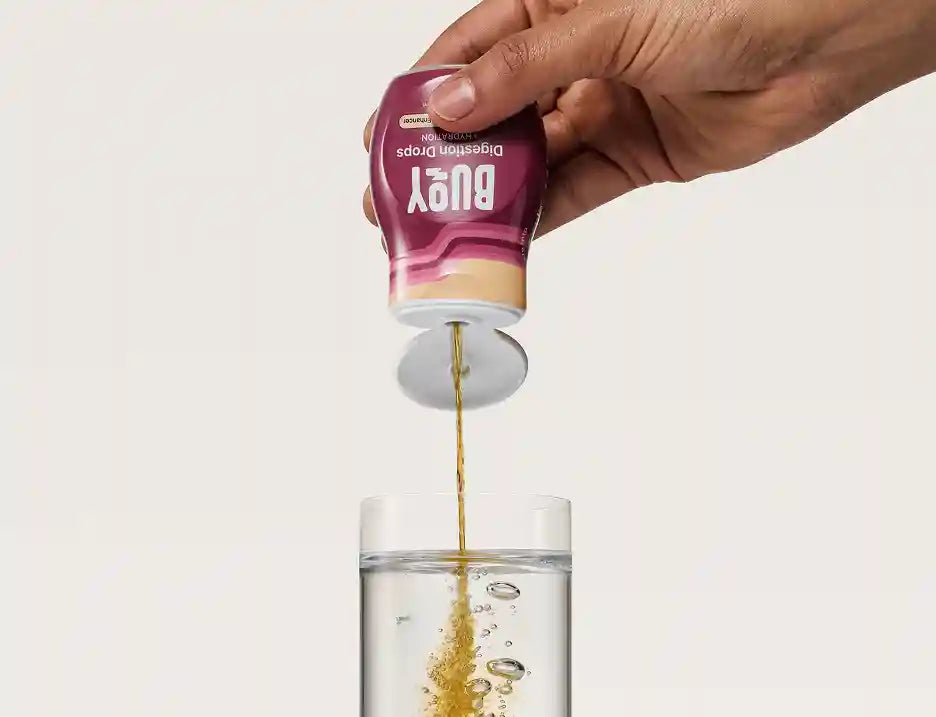
Navigating Through the Electrolyte Imbalance Test: What You Need to Know
Share
Electrolytes are essential minerals like sodium, potassium, and calcium that regulate a host of bodily functions (1). But what happens when your levels are off?
Essential Takeaways:
- An electrolyte imbalance test is a quick yet critical diagnostic tool that can provide a wealth of information about your health. By understanding what the test involves and what your results mean, you'll be better equipped to take effective steps toward managing your electrolyte levels.
- After receiving your electrolyte imbalance test results, introducing Hydration Drops into your daily routine can help balance your electrolytes. Formulated with essential minerals, it can aid in addressing imbalances, supporting your hydration and overall well-being.
An electrolyte imbalance test is often the first step in answering this critical question. Here’s what you need to know.
- Understanding the Electrolyte Imbalance Test
- Reasons to Get an Electrolyte Imbalance Test
- What to Expect During an Electrolyte Imbalance Test
- Analyzing Electrolyte Imbalance Test Results
- Addressing Electrolyte Imbalance: Next Steps Post-Test
- Buoy: A Step Toward Managing Electrolyte Imbalance
- A Wrap-Up and A Healthy Way Forward
Understanding the Electrolyte Imbalance Test
An electrolyte imbalance test, usually performed as a blood test, measures the levels of key electrolytes in your body. This test often forms part of a comprehensive metabolic panel that healthcare providers use to evaluate your overall health.
The main electrolytes typically evaluated are sodium, potassium, chloride, and bicarbonate. The test is performed to diagnose imbalances that might lead to symptoms ranging from mild fatigue to severe cardiac issues (2).

Reasons to Get an Electrolyte Imbalance Test
Various circumstances could necessitate an electrolyte imbalance test. These include:
- Persistent fatigue or weakness
- Irregular heartbeat
- Frequent muscle cramps or spasms
- Nausea and vomiting
- Changes in blood pressure
- Underlying health conditions like kidney disease (2)
If you’re experiencing any of these symptoms, consult your healthcare provider for a diagnosis. To learn more about the signs that you may need an electrolyte imbalance test, check out our article on Understanding the Signs of Low Electrolytes.
What to Expect During an Electrolyte Imbalance Test
Once you've determined that an electrolyte imbalance test is necessary, you're probably wondering what the test itself entails. From preparation to the duration of the test, we break it down for you below.
Preparation
Before you even step into the healthcare facility, there are specific guidelines you'll likely need to follow to ensure accurate test results. You might be asked to fast for several hours before the test, so be sure to follow your healthcare provider's instructions carefully.
Adhering to preparation guidelines can significantly impact the accuracy of your results, so don't overlook this step (2).
The Test
The moment has come: the test itself. You might feel a mix of anticipation and curiosity, but rest assured, it's a straightforward procedure. A healthcare professional will draw a small sample of blood, usually from a vein in your arm. The process is quick and relatively painless, lasting only a few minutes.
After the test, you'll likely feel relieved and possibly curious about the results. Your sample will be sent to a lab for analysis, and you'll be one step closer to understanding your electrolyte levels (2).
Duration
Now that you're familiar with the test components, you might be wondering how long it all takes. The whole process, including preparation and the actual test, typically takes less than half an hour.
Once completed, you'll probably need to wait a few days for the test results, giving you time to consider the potential next steps depending on the findings (2).

Analyzing Electrolyte Imbalance Test Results
Once your blood has been tested, your healthcare provider will review the results to determine if an imbalance exists. Elevated or reduced levels of electrolytes could indicate various health issues, including kidney dysfunction, dehydration, or hormonal imbalances. An abnormal result may require further testing and diagnostic procedures to pinpoint the underlying cause (2).
Addressing Electrolyte Imbalance: Next Steps Post-Test
If your test results indicate an imbalance, your healthcare provider may recommend the following:
- Dietary Changes: Depending on the specific imbalance, you may need to increase or decrease the intake of certain foods (3).
- Hydration: Ensuring proper hydration is critical. Drinking adequate water and consuming electrolyte-rich beverages can be beneficial (4).
- Medication: In some cases, specific medications, such as diuretics or potassium supplements, might be prescribed to restore balance (3).
- Regular Monitoring: For chronic issues, regular testing may be required to keep tabs on your electrolyte levels (2).
For more detailed advice on managing your electrolyte levels, don't miss our guide on How to Restore Electrolyte Balance.
Buoy: A Step Toward Managing Electrolyte Imbalance
If you're looking for an easy yet effective way to manage your electrolyte balance, consider Buoy Hydration Drops. Adding these to your daily routine can support a balanced electrolyte profile, helping to maintain your health and well-being.
Explore our full collection to find the right product for you.
A Wrap-Up and A Healthy Way Forward
Understanding your electrolyte imbalance test results is vital for managing your overall health. If your levels are off, consider a multi-faceted approach to bring them back to balance. This could include changes to your diet, medications, and perhaps most conveniently, incorporating Buoy Hydration Drops into your daily regimen.
Don't underestimate the importance of acting on your test results. The sooner you identify and address an imbalance, the quicker you can get back to feeling your best.

References:
- Shrimanker I, Bhattarai S. (2023). Electrolytes. In: StatPearls [Internet]. Treasure Island (FL): StatPearls Publishing. Retrieved from https://www.ncbi.nlm.nih.gov/books/NBK541123/
- Cleveland Clinic. (2022). Electrolyte Panel. Retrieved from https://my.clevelandclinic.org/health/diagnostics/22358-electrolyte-panel
- Healthline. (2019). Electrolytes: Functions, Imbalance, and Sources. Retrieved from https://www.healthline.com/nutrition/electrolytes
- Popkin, B. M., D'Anci, K. E., & Rosenberg, I. H. (2010). Water, Hydration, and Health. Nutrition Reviews, 68(8), 439–458. Retrieved from https://www.ncbi.nlm.nih.gov/pmc/articles/PMC2908954/




